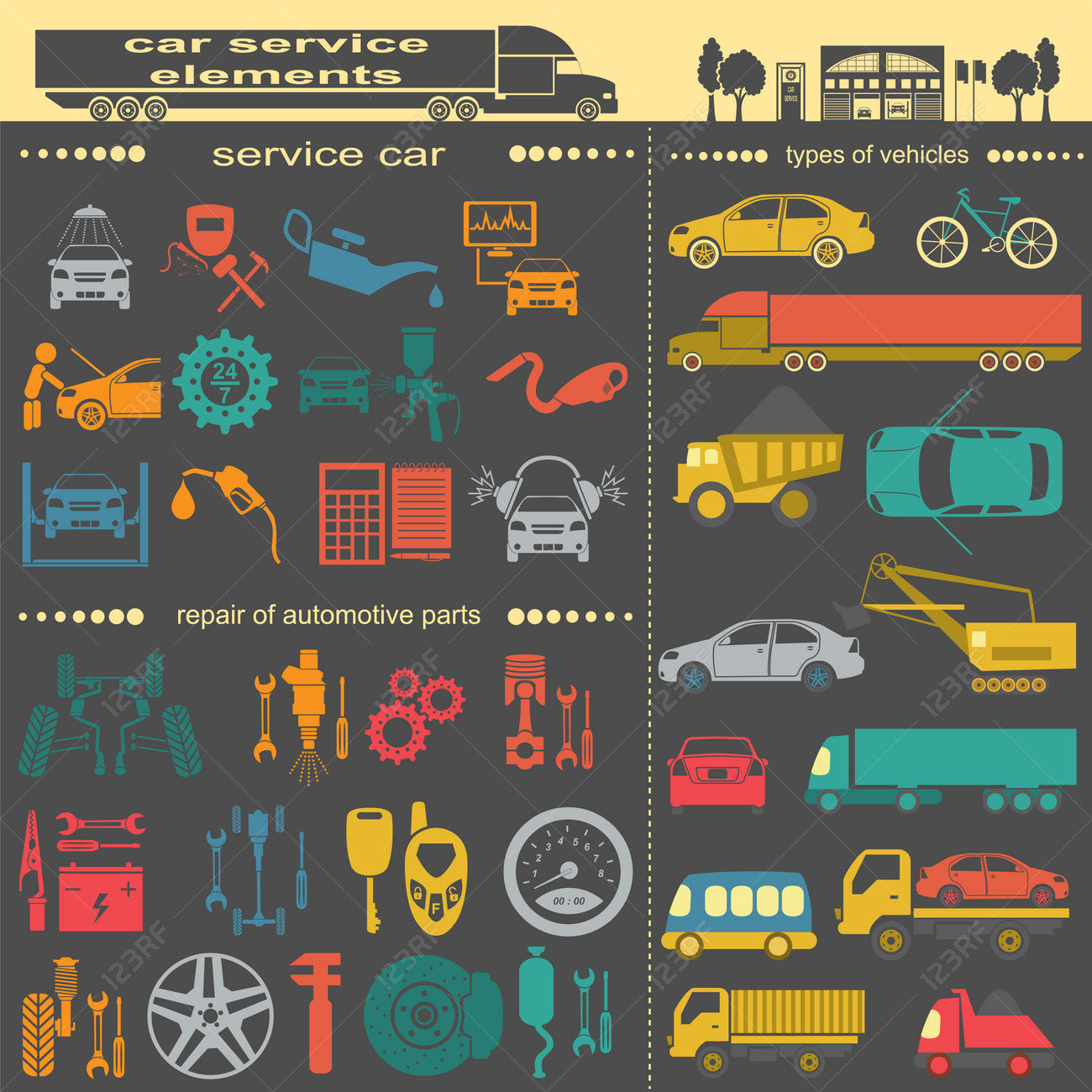Recognizing Your Automobile'S Warning Lighting: What Do They Actually Mean?
Recognizing Your Automobile'S Warning Lighting: What Do They Actually Mean?
Blog Article
Web Content By-Termansen Stark
When you're behind the wheel, those beautiful caution lights on your control panel can be a bit puzzling. Do you recognize what they're trying to tell you about your cars and truck's health and wellness? Recognizing the relevance of these lights is essential for your security and the long life of your lorry. So, the next time among those lights pops up, wouldn't you wish to analyze its message accurately and take the necessary actions to resolve it?
Common Caution Lighting and Interpretations
Identify usual warning lights in your vehicle and recognize their meanings to guarantee risk-free driving.
The most normal caution lights consist of the check engine light, which signifies problems with the engine or discharges system. If this light begins, it's important to have your vehicle examined immediately.
The oil pressure cautioning light shows low oil stress, calling for instant interest to avoid engine damages.
A flashing battery light could recommend a faulty charging system, potentially leaving you stranded if not attended to.
The tire stress monitoring system (TPMS) light signals you to low tire stress, affecting lorry security and fuel efficiency. Disregarding car wash for boats could lead to dangerous driving conditions.
The abdominal muscle light suggests a trouble with the anti-lock braking system, compromising your capability to stop rapidly in emergencies.
Finally, the coolant temperature level alerting light warns of engine getting too hot, which can lead to extreme damages otherwise solved promptly.
Comprehending these typical warning lights will assist you address concerns without delay and preserve risk-free driving conditions.
Significance of Prompt Focus
Comprehending the common caution lights in your automobile is just the primary step; the value of immediately attending to these cautions can't be emphasized enough to ensure your safety and security when traveling.
When a caution light brightens on your dashboard, it's your vehicle's method of interacting a prospective concern that requires focus. Overlooking these warnings can bring about extra extreme issues later on, compromising your security and potentially costing you much more out of commission.
https://ecutuning06283.blogdanica.com/30193244/are-you-thinking-about-finding-outstanding-automobile-service-center-in-your-location to warning lights can avoid break downs and accidents. For instance, a flashing check engine light could show a misfire that, if left ignored, can trigger damages to the catalytic converter. Resolving this without delay can conserve you from a costly repair.
In a similar way, a brake system alerting light could signal reduced brake fluid or worn brake pads, critical elements for your security when driving.
Do It Yourself Troubleshooting Tips
If you observe a warning light on your dashboard, there are a few do it yourself troubleshooting tips you can attempt before seeking professional aid.
The very first step is to consult your auto's handbook to recognize what the certain warning light indicates. Sometimes the issue can be as easy as a loose gas cap triggering the check engine light. Tightening the gas cap might fix the problem.
One more typical problem is a reduced battery, which can cause numerous warning lights. Checking the battery connections for deterioration and ensuring they're safe and secure may fix the problem.
If a warning light continues, you can attempt resetting it by disconnecting the automobile's battery for a couple of minutes and after that reconnecting it. Additionally, examining https://johnnysmgau.blogoscience.com/36379473/are-you-eager-to-learn-about-the-influence-of-automation-and-robotics-on-the-vehicle-detailing-industry , such as oil, coolant, and brake fluid, can help repair warning lights connected to these systems.
Final thought
To conclude, understanding your vehicle's warning lights is necessary for keeping your car running smoothly and securely. By quickly attending to these notifies and recognizing what they suggest, you can prevent pricey repair services and prospective failures.
Remember to consult your vehicle's manual for certain details on each cautioning light and take action appropriately to make sure a hassle-free driving experience.
Remain notified, stay secure when traveling!
